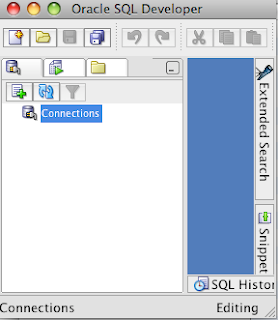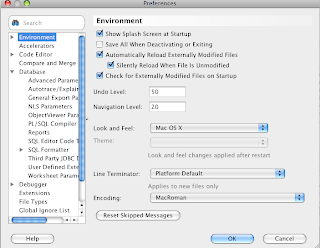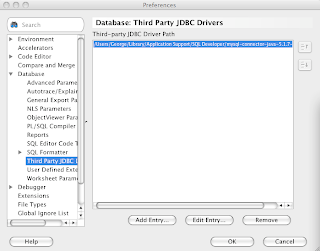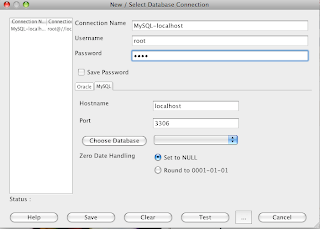Which makes me think, what is MySQL? If you asked 20 different people you would get 20 different answers. Some of the most common I believe would be:
- A small open source company that wanted to disrupt the IT industry and did!
- A company with incredible leadership that had a vision that every single employee was committed and dedicated to that vision.
- A free open source database that helped redefine the database industry.
- A very successful database product that has incredible scale out capability that leverages open source and the LAMP stack.
- A product that opened up more options for organizations during a time of an economic down turn.
- A culture based on sharing, teamwork, commitment to a vision and love of open source.
- A community that is entirely team based with an incredible sense of loyalty to each other and the goals defined by the leadership.
- A leadership team that believed in speaking to the employees and not at them.
- An environment built on empowering individuals to make the sum greater than the parts.
- The incredible dedication and selflessness of the employees.
- An environment that cultivated incredible talent and was able to define a vision that people believe in.
I'm a big reader of business books and I believe we will see some successful business books on the MySQL story. Yet if these books talk about the MySQL success story or the MySQL product they will be capturing a small part of what MySQL is. To me, the MySQL story has to include the vision, the incredible culture and the unique group of people that have come together to disrupt the IT industry.
I write this blog entry because I always find it interesting the people that like to tear down our heroes, spread Fear Uncertainty and Doubt (FUD) and scare people with worse case scenarios. I on the other hand believe we should believe its okay to have heroes, believe that good things can happen and never underestimate what individuals that believe in a vision can accomplish.








